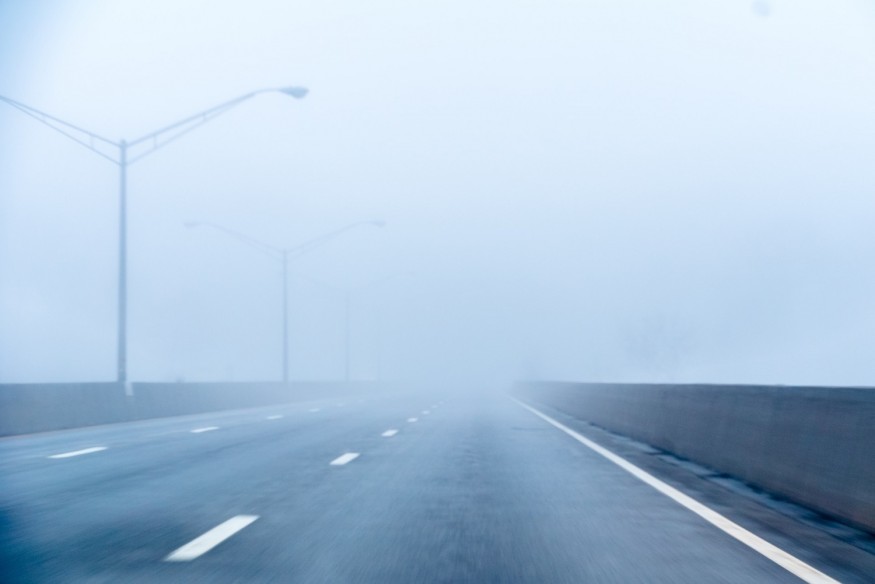Louisiana witnessed its latest deadly car pileup in years after a dense fog caused low visibility in one of the state's highways earlier this week, resulting in the deaths of several people and injury of others. The so-called Louisiana "superfog" was reported along Interstate 55 (I-55), near the city of New Orleans, on Monday, October 23.
Meteorologists confirmed that a "super fog" impacted the area due to smoke coming from the south Louisiana marsh fires. In addition, the reported low visibility was caused by the combination of fog and smoke from the wildfires burning nearby. Investigation by local authorities suggest that more than 160 vehicles were involved in the multi-car crash.
Louisiana Car Pileup

The Louisiana car pileup killed at least eight people and injured 63 others as part of the 160-vehicle collisions along I-55, according to reports on Tuesday.
The Louisiana State Police adds some of the vehicles involved in the pileup caught fire, as one of the vehicles was tanker truck carrying an unspecified "hazardous liquid."
Louisiana Superfog
Although potential human error may have caused the Louisiana car pileup, authorities are blaming the Louisiana superfog (consisting of dense fog and marsh fire smoke) as the main cause of the fatal highway incident.
One of the witnesses and driver on the scene, Lance Scott, was among the dozens of drivers caught in the I-55 mayhem, west of New Orleans.
Scott reportedly said that he was driving her daughter to the airport on Monday morning when fog their surrounding them suddenly thickened and resulted in whiteout conditions.
In a previous forecast, meteorologists from the National Weather Service (NWS) on Monday said that residents in the southern Louisiana area to expect recurring events of superfog through at least mid-week due to a dome of high pressure hovering above southern Louisiana.
What is a Super Fog?
According to the NWS, a super fog is a mixture of smoke and moisture coming from organic material like brush, leaves, and trees, with these particles mixing with cooler, nearly saturated air. Under a super fog, visibility lowers to under 10 feet and spreads through low terrain areas, including creek beds or drainage ditches under light wind conditions.
In general, fog forms when relatively warm yet moist air overlaps a shallow layer of cold air near the surface, according to the United States weather agency. Aside from drivers, fog can also be dangerous for mariners and aviators, contributing to multiple travel accidents each year.
US Multi-Vehicular Pileups
The weather service warns that a super fog can be life-threatening when it occurs over highways, causing dangerous driving conditions. In recent years, fog has contributed to multiple fatal car crashes or multi-vehicular pileups in different highways across the United States. Dense fog can also occur at any time of the year.
In September 2023, a similar scenario occurred in northeast Oregon when a thick fog caused a 17-vehicle pileup along Interstate 84 in Umatilla County, with some motorists suffering injuries.
In March 2022, another fog caused an 80-car pileup in Pennsylvania, leaving six people dead.
© 2025 NatureWorldNews.com All rights reserved. Do not reproduce without permission.





